The coronavirus pandemic forced salons to shut down nationwide. As states gradually start to ease restrictions on business operations, more and more salons are reopening their doors. But a salon reopening can be complicated. Salon services, such as cutting and dying hair, don’t allow for much physical distancing.
With a comprehensive plan and careful attention to detail, your salon’s reopening can be as safe as possible for both staff and clients.
Check local regulations
When planning your salon reopening, start by reviewing your state’s reopening plan. Many states are reopening in phases, letting certain types of businesses open only during particular phases.
Businesses with high degrees of staff-to-client contact, like hair salons, barbershops, and nail salons, are often included in the latter phases of reopening. Many states have released guidelines for salon owners to follow, so be sure to check your state government’s website for salon-specific information.
Restructure your workplace
As part of your reopening planning, measure the distances between workspaces in your salon and focus on how you can implement social distancing. You may need to move workstations or close every other workstation to help keep six feet of distance between pairs of clients and staff. If you’re planning to use your waiting room, adjust the seating to keep customers a safe distance apart.
Your reception desk will require some modification. Install clear plastic panels to help protect your staff and clients when physical distancing might not be possible, like during check-in and checkout. Consider moving your credit card reader to a small table in front of the reception desk to help keep clients distanced from your staff.
Now is also the time to block off areas where people tend to congregate, like waiting rooms and areas where you typically offer refreshments.
Don’t forget employee-only access areas. Your stockroom, staff locker area, and staff break room are all areas where employees could come into close contact with each other. Remove chairs, separate tables, block off spaces that shouldn’t be used, hang signs, and take any other necessary steps to remind staff to maintain social distancing.
As you restructure your workplace, consider how to strategically place hand sanitizing stations. These stations should be accessible by both staff and clients and should be continuously stocked with hand sanitizer containing at least 60-percent alcohol, according to the Centers for Disease Control and Prevention (CDC).
Stock all bathrooms with soap and paper towels, and remove any linens from restrooms. You can also post signs in restrooms that outline proper handwashing techniques.
Change your booking policy
You may need to reduce the number of appointments you book each day. While stylists might typically work with multiple clients at once, requiring your staff to work with only one client at a time can help keep everyone — both clients and staff — safer. Choose the appointment structure that’s best for your business, then share the reasoning behind that decision with your clients and staff well ahead of your reopening.
Because the number of people in your salon is so important, you’ll need to stick to your booking schedule and eliminate walk-ins. As you design your new schedule, email your clients and share information on social media about why you’ve made these changes and how you’re working to keep clients and employees safe.
Consider allowing vehicle check-ins, where clients can call the salon from their vehicles to say that they’ve arrived. Having clients wait in their vehicles until their stylist is ready for them can minimize the number of people in your salon.
Revise your forms
Reopening your salon during the pandemic will require some forms designed specifically with COVID-19 in mind. In addition to your standard hair salon client questionnaire, the following forms can help protect your business from liability in case a client is diagnosed with COVID-19 after visiting your salon:
Jotform offers many other COVID-19 forms that may be helpful for your business as well.
Requiring every client to complete these forms before their appointment can help with client screening, but it’s also highly beneficial for record keeping. If you learn that a COVID-19-positive person has been in your salon, you’ll need to implement contact tracing. These forms serve as a detailed record of every client who was in your salon, allowing you to quickly and easily identify the clients you need to contact.
If you’re still using printed forms, now is the time to shift to online forms. Integrating these forms into your website makes it easy for clients to access them well before their appointments. You can even send clients direct links to the forms through emails or texts once their appointments are confirmed.
While you can still make some paper forms available, having the majority of your clients complete these forms online minimizes the number of surfaces they need to touch while in the salon. It also means that you don’t have to worry about scanning the forms or manually entering their information into your database.
Implement screening procedures
Effective screening of both clients and staff can help to keep COVID-19 out of your salon. The CDC recommends that you implement daily employee screening measures.
Start by asking every employee whether they have any COVID-19 symptoms before they enter the building. Symptoms can include fever, chills, a cough, shortness of breath, fatigue, muscle and body aches, headaches, loss of taste or smell, congestion, a sore throat, nausea, vomiting, and diarrhea.
If an employee is experiencing any of these symptoms, send them home. They should only return to work after a negative COVID-19 test. Jotform’s employee COVID-19 self screening questionnaire can help simplify this screening process.
Consider taking employees’ temperatures before they enter your salon. Any employee with a temperature of 100.4 degrees Fahrenheit or greater should go home. Try to structure temperature checks to maintain social distancing, and conduct them in a way that helps maintain employee privacy, such as screening employees one at a time in an area away from other staff.
You’ll also need to implement this screening for clients, too. Most clients will be happy to oblige, but be prepared to explain that the screening measures are in place to protect both clients and staff.
Provide appropriate PPE
Your staff will need access to appropriate personal protective equipment (PPE). Items like gloves, face masks, and face shields can be difficult to source at this time, but it’s important to have a steady supply of these items to help keep staff safe.
In addition to providing PPE, train staff to use it. Employees will need to be familiar with the types of PPE available to them and when they should be wearing each item.
Require hairstylists to wear masks and face coverings during appointments. Clients should wear masks as long as possible, only removing them once in the salon chair.
Design disinfection protocols
Disinfecting your salon is a large task because there are so many shared and frequently used surfaces, but designing an effective disinfection protocol is also a vital element of your salon reopening planning.
There are the obvious areas to disinfect, like restrooms, workstations, credit card readers, and door handles. The Professional Beauty Association notes that common equipment like shears, styling tools, drawers, rolling carts, and products on stations also need to be disinfected in between clients.
Clients need a fresh drape before their appointments. Drapes should be washed and disinfected between use. When washing linens, be sure that they are thoroughly dried and then store them in a covered cabinet. Your salon might choose to use disposable drapes to help minimize the potential for cross-contamination.
Listen to staff concerns
While developing your reopening plan, consult with your staff. They can give you valuable insights about areas of concern you may have overlooked. Ask them how they’re feeling about returning to work. Your staff should feel supported and safe when they come back to the salon. Share your planning updates with them and work to address their concerns until they feel they can safely come back to work.
Stay informed
Situations change quickly during the pandemic, so stay informed while planning your reopening. Refer to your state’s COVID-19 health orders and new guidelines as they become available. Your local health officials can be an excellent source of detailed information and recommendations for your specific area and its unique challenges.
Most important, be flexible as you reopen your salon. When you implement these safety measures, you’re sure to encounter challenges, and you may need to revisit some of your policies and the changes you’ve made. With careful, deliberate planning, you can help minimize the risk to your hairdressers and your clients, allowing your staff to return to work again and your salon to safely reopen.


























































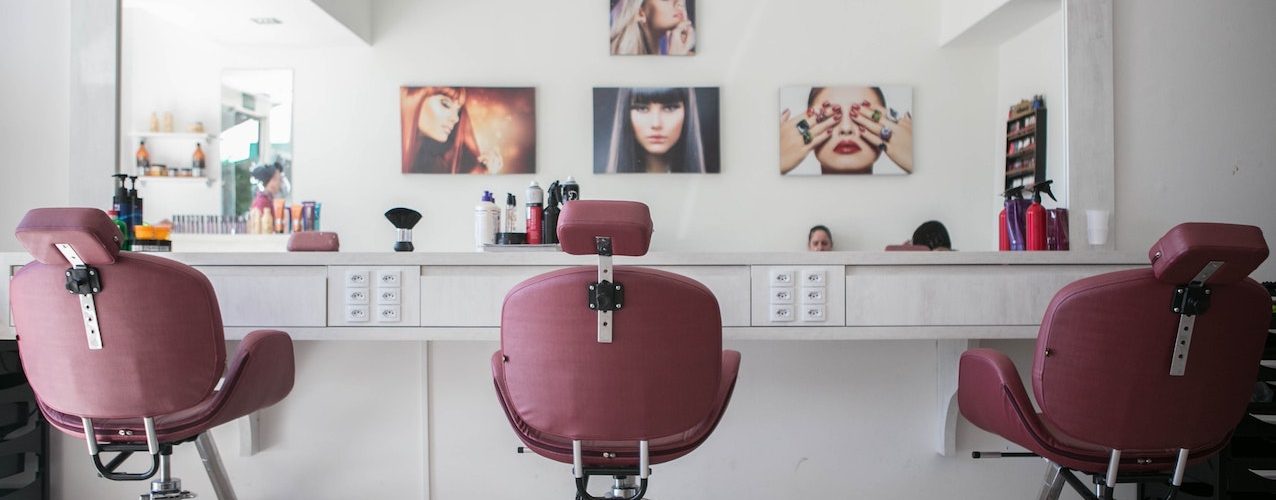








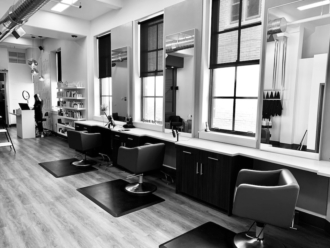



















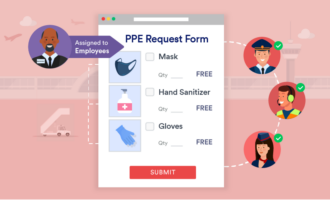


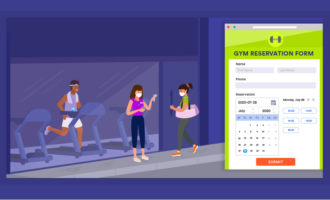

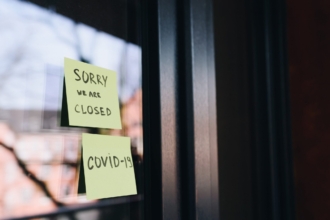




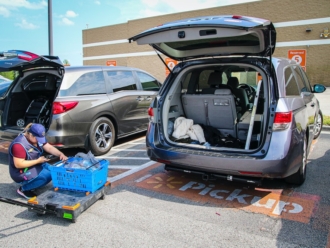
Send Comment: